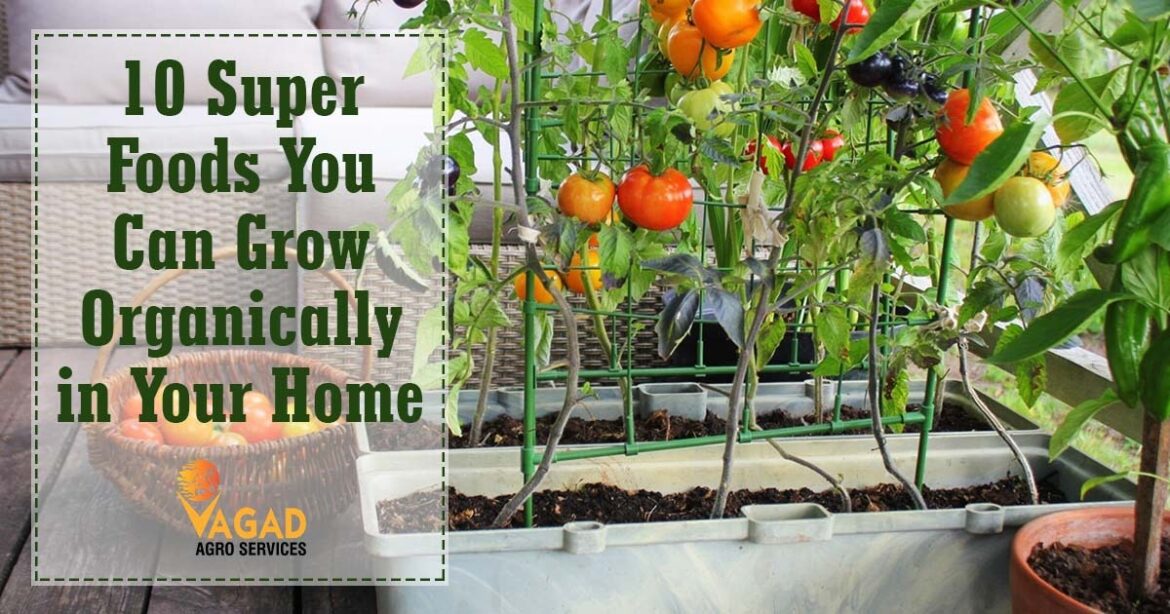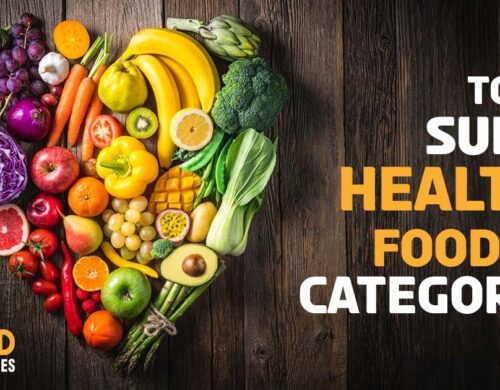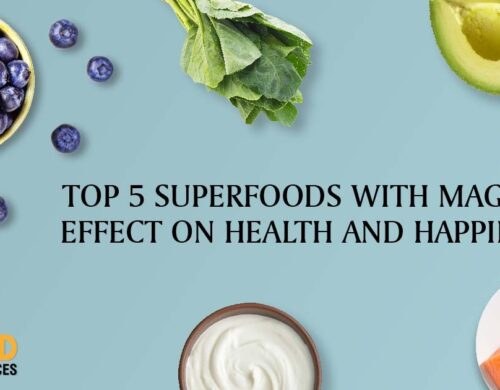
Organic farming is a approach of sustainable farming and these days ‘Organic Farming’ or ‘Organic Gardening’ or “Organic Kitchen Garden” is turning into very popular. But is it easy grow organically essential vegetables for daily needs? If targets to cultivating the land & elevating plants by use of natural wastes like vegetables, animal & farm wastes, aquatic wastes, and different biodegradable materials which helps in soil fertile and pollution-free surroundings it will be possible to develop sustainable kitchen garden your own.
Growing organic vegetables can be a rewarding and delicious experience. Here are how to prepare field for grow vegetables organically:
- Choose a location: Vegetables crop required well-drained soil that is rich in organic matter. Choose a location that gets plenty of sunlight, so choose the location accordingly.
- Prepare the soil: Add compost or organic matters into the soil and remove any weeds or grass if there at the planting area.
- Select seeds: You can get easily from local market it but, try to get best company seed so you can not face germination problems or plant born diseases problems.
- Plant Seed: Plant seeds about 1-2 inches deep and 1-6 inches apart.
- Water regularly: Water the plant regularly to keep the soil moist but not waterlogged. Avoid overwatering, as this can cause the seed to rot.
- Fertilize naturally: Feed with organic fertilizer or compost to provide nutrients to the plants. Avoid using chemical fertilizers, as these can harm beneficial soil organisms.
Following are top 10 superfoods that you can easily grow in your kitchen garden organically.
Garlic
Organic garlic is grown in nutrient-rich soil, without the use of synthetic fertilizers. This means that organic garlic has a higher nutrient content, including higher levels of vitamins and minerals like vitamin C, calcium, and iron. It is also have a richer flavor than conventionally grown as the soil in which it is grown is richer in organic matter, which gives the garlic a more intense and nuanced flavor.
Garlic has been linked to several health benefits, including reducing the risk of heart disease, lowering blood pressure, and boosting the immune system.
- Purchase garlic bulbs from a reputable organic supplier, or save bulbs from a previous harvest. Choose large, healthy bulbs with unbroken skin.
- Plant the cloves about 2 inches deep and 6 inches apart.
- Water regularly and provide fertilizer as required
Carrots
Carrots are high in beta-carotene, which the body converts to vitamin A. Vitamin A is important for healthy vision, particularly in low-light conditions. It is also rich in antioxidants, contain anti-inflammatory compounds that can help to reduce inflammation in the body. Carrots are high in fiber that promote healthy digestion and low in calories making it a great food for weight management.
- Plant carrot seeds in the spring or fall. Plant the seeds about 1/4 inch deep and 2-3 inch apart.
- Water the carrots regularly to keep the soil moist but not waterlogged.
- Carrots are ready to harvest when the tops of the carrots are about 1 inch in diameter.
Sweet Potatoes
Organic sweet potatoes offer several health benefits as it is rich in vitamins, minerals, and antioxidants, including vitamin A, vitamin C, and potassium. Sweet potatoes are high in fiber, which can help in digestion. Sweet potatoes are a versatile vegetable that can be used in a variety of dishes.
- Sweet potatoes are usually grown from slips in the spring, Plant the slips about 5-7 inches apart, with the leaves just above the soil surface.
- Water the sweet potatoes regularly to keep the soil moist and feed organic fertilizer
- Sweet potatoes are ready to harvest when the leaves begin to yellow and die back.
Broccoli
Organic broccoli is high in vitamins, minerals, and antioxidants, including vitamin C, vitamin K, and folate. It is contain anti-inflammatory compounds that protect certain types of cancer, including breast, prostate, and colon cancer. Broccoli is high in fiber, which helps in digestion, for details read benefits of broccoli
- Broccoli can be grown from seeds or seedlings in the spring or fall, a about 18-24 inches apart.
- Use natural pest control as broccoli cultivation required from protection from pest damage, including from aphids, cabbage worms, and flea beetles.
- Broccoli is ready to harvest when the heads are firm and tight.
Beans
Organic French are a low-calorie vegetable that is high in vitamins, minerals, and antioxidants. Good for digestion as french beans are high in fiber. French beans are a good source of calcium, which can help to support healthy bones and teeth.
- French beans grow best in well-drained soil and location that gets full sun.
- Plant the seeds about 1 inch deep, and 2-4 inches apart in rows that are 18-24 inches apart.
- Water and fertilizer regularly
- Provide a trellis or other support for the plants to grow as it is climbing plant. Harvest the French beans when they are about the thickness of a pencil and harvest the beans regularly to get continued production.
for details refer French beans farming guide
Chia Seeds
Organic chia seeds are rich in nutrients such as fiber, protein, omega-3 fatty acids, and antioxidants. Chia seeds are good for heart health as it can help lower cholesterol levels and reduce the risk of heart disease, help in weight loss, help in manage diabetes. Chia seeds can be used in a variety of recipes, such as smoothies, oatmeal, yogurt, and baked goods. refer benefits of chia seeds for more details
- Chia seeds are convenient to grow, we can seeds into the soil directly in the spring, preserve 6 inches aside
- to provide every plant adequate space to grow.
- Once the plant have grown to round 6 inches in height, harvest the chia seeds when the plants have dried up and the seed heads have grew to become brown.
- Cut the seed heads and cling them upside down in a dry, well-ventilated place till they are thoroughly dry.
- Thresh the seed heads to take away the seeds, and save them in a dry, hermetic container till prepared to use.
Beets
Organic beets have several benefits for human health as beets are an excellent source of nutrients such as fiber, vitamins C and K, folate, potassium, and antioxidants. It is good for heart health, help with digestion. Beets can be used in a variety of recipes, such as salads, soups, and roasted dishes. refer benefits of beetroot for more details
- Choose a sunny location with well-draining soil, Sow the seeds directly into the soil.
- Plant the seeds 1 inch deep and 2 to 3 inches apart.
- Thin the plants when they are about 2 inches tall, leaving the strongest plants about 3 to 4 inches apart.
- Mulch the soil around the plants to help retain moisture and keep weeds down.
- Harvest the beets when they are about 1 to 3 inches in diameter.
Spinach
Spinach is an excellent source of nutrients such as vitamins A, C, and K, folate, iron, and antioxidants. Organic spinach contains high levels of vitamin K, which is important for bone health. Spinach is also rich in lutein and zeaxanthin, which are important for eye health. Spinach help in regulate blood sugar levels and reduce the risk of type 2 diabetes.
- Sow the seeds directly into the soil, plant it 1/2 inch deep and 1 to 2 inches apart
- Harvest the spinach when the leaves are about 4 to 6 inches long
- Harvest gently pull the outer leaves from the plant, taking care not to damage the root.
Kale
Organic kale is a highly nutritious leafy green vegetable with excellent source of nutrients such as vitamins A, C, and K, calcium and iron. Kale help lower cholesterol levels, promote healthy digestion, regulate blood sugar levels. Kale can be used in a variety of recipes, such as salads, smoothies, and soups
- Choose a sunny location with well-draining soil and sow the seeds directly into the soil.
- Plant the seeds 1/2 inch deep and 2 to 3 inches apart
- Harvest the kale when the leaves are about 8 to 10 inches long.
- Note: Cut the outer leaves from the plant, leaving the center leaves to continue growing.
Celery
Benefits of organic celery are like excellent source of nutrients such as vitamins A, C, and K, folate, potassium, good for digestion, help with inflammation. Celery can be used in a variety of recipes, such as salads, soups, stews, and as a snack with dips.
- Start the celery seeds indoors in trays or pots and keep them moist and warm until they germinate.
- Transplant the celery seedlings into the garden when they are about 6 to 8 weeks.
- Plant the celery seedlings about 10 to 12 inches apart.
- Harvest the celery when the stems are about 8 to 10 inches long, cut the stalks at the base of the plant.
You can refer different kitchen garden ideas to develop it more decorative and suitable.
Kalpesh Pathak
Related Posts

Top 50 super healthy foods by categories
Maintaining a healthy diet is crucial for achieving good health and proper nutrition, as it helps prevent numerous chronic noncommunicable...

Top 5 Superfoods with magical effect on Health and Happiness
In the rush to lose weight many people , side out the foods that are really good to eat, and adopt a wrong diet plan which effect on health....
